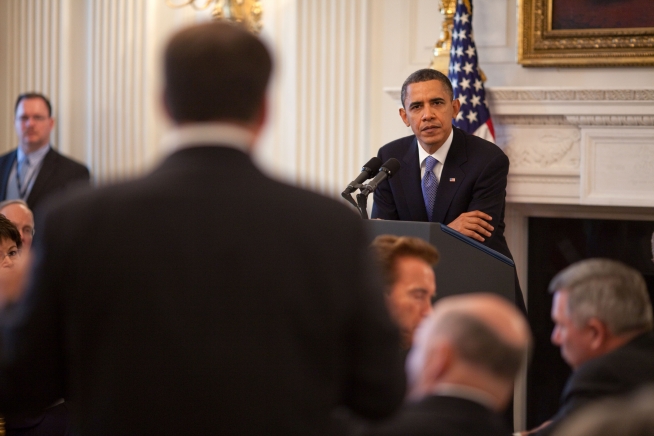South Dakota is witnessing a significant shift in its political landscape with the latest endeavors of Governor Larry Rhoden. The state’s governance, once spotlighted on a national stage under former Governor Kristi Noem, is now refocusing on state-level issues and local governance. As a West River rancher, Governor Rhoden brings a grassroots approach to leadership, aligning with the traditional values of South Dakota residents.
The changes come with a renewed emphasis on state-centered priorities. Governor Rhoden has reinstated weekly news conferences, a practice halted under Noem’s administration, to maintain transparency and open communication with the public. “We’re on a different trajectory,” he stated, underscoring his commitment to more traditional governance methodologies.
The Governor’s office has enhanced its media relations strategy under the guidance of Chief of Staff Mackenzie Decker and Press Secretary Josie Harms. This move aims to mend and improve the state’s relationship with the media, which was previously strained during Noem’s term. The updated protocols emphasize increased press access and straightforward media interactions.
In a strategic personnel decision, Governor Rhoden appointed Tony Venhuizen as lieutenant governor, bringing seasoned political experience to his administration. Venhuizen, known for his competency in handling media queries, previously served as chief of staff under Governors Dennis Daugaard and briefly under Noem. His unanimous confirmation by both the Senate and House showcases the bipartisan support for Rhoden’s leadership and vision for South Dakota.
The administration’s policy focus has pivoted towards property tax relief and strengthening local governance structures, marking a departure from the previous focus on national issues. This approach aligns with the practical and industrious mindset innate to South Dakota’s rural communities.
Local and Media Engagement
The reintroduction of weekly news conferences fosters a deeper engagement with local issues, allowing the administration to address the immediate concerns of South Dakotans efficiently. Under Rhoden’s leadership, the motto is clear: more action, less rhetoric.
Contrarily, former Governor Kristi Noem’s administration was characterized by extensive national media engagement and involvement in broader political campaigns. Her frequent national appearances captured the attention of both news outlets and political analysts alike but diverted focus from state-specific matters.

Larry Rhoden
Rhoden’s administration stands as a contrast, emphasizing a ‘nose-to-the-grindstone’ philosophy that prioritizes local concerns. The Governor’s agricultural background supports this grounded approach, appealing to the pragmatic sensibilities of South Dakota’s rural population.
A political landscape shrouded in national attention is not uncommon, but the shift toward introspective governance speaks to South Dakota’s needs. The administration is focusing on areas that directly impact its citizens, creating a responsive and adaptive government system that mirrors the rancher lifestyle that Rhoden hails from.
What the Future Holds
Speculation concerning Governor Rhoden’s political ambitions for the 2026 election remains, yet his current trajectory suggests a dedication to restoring traditional governance values in South Dakota. His leadership reflects a blend of pragmatism and responsiveness reminiscent of the values that have historically grounded the state’s political ethos.
With these initiatives, South Dakota is poised to strengthen internally while maintaining its cultural identity within the broader national fabric. As the administration continues to emphasize state-level issues, it endeavors to tackle these in a manner resonant with the pioneering spirit and resilience that define the people of South Dakota.
The impact of Governor Rhoden’s policies will likely unfold over time, showcasing whether this approach successfully bridges the gap between state and national interests, ultimately fortifying South Dakota’s position within the United States.
